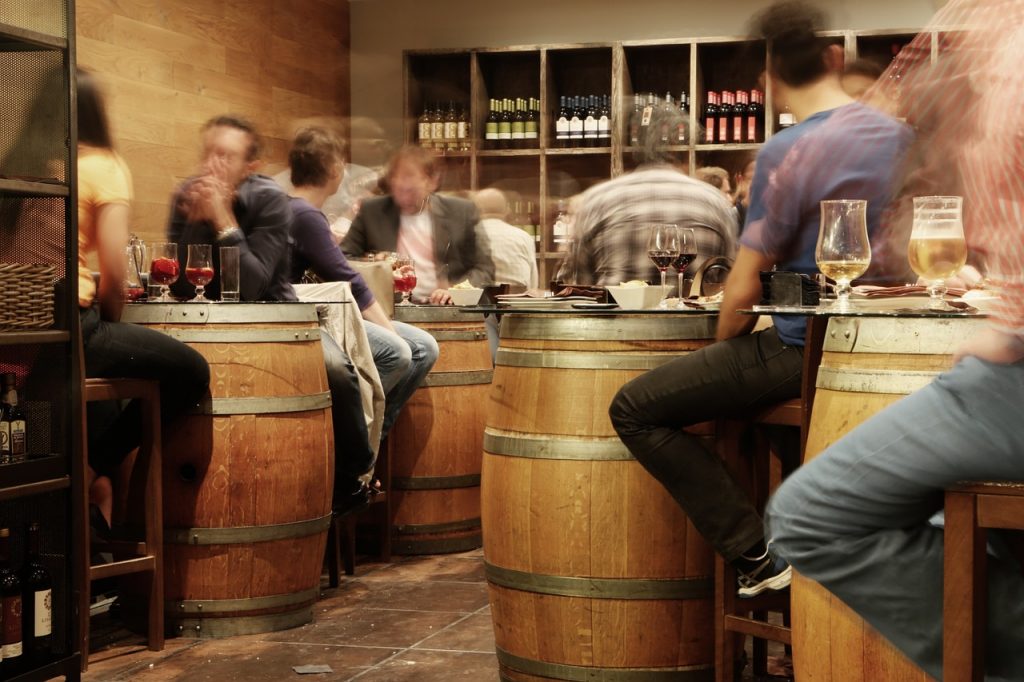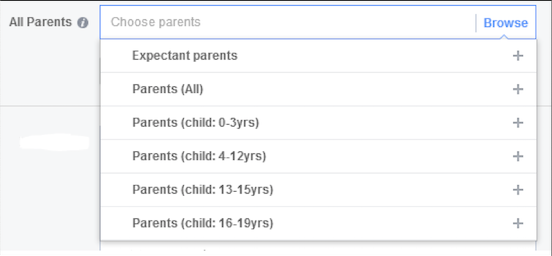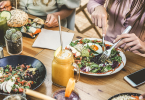
By Tamara Marie Johnson, Contributor
Guests laughing and clinking glasses, servers rushing to and fro, the phone ringing off the hook – if only your restaurant could be busy all the time. The good news is it can. It just takes the right planning and the right marketing campaign efforts.
In this post, we’ll take a look at the causes behind slow times and how restaurants typically attempt to fill those dreaded empty tables. Then, we’ll delve into kicking those tried and true methods up a notch with layered targeting on Facebook.
Slow times vary from restaurant to restaurant
Lore has it that Mondays and Tuesdays are the slowest days of the week for restaurants. And, of course, there’s the dreaded summer slowdown. The truth of the matter is, however: your slow times depend on your particular situation. If you run a restaurant in a place with nasty winters, for example, business may be booming in summer when all the snowbirds return from Florida, California, New Mexico, and the like.
Even slow hours can vary between establishments. For example, a sit-down restaurant located right next to a college campus may not see a lot of action during typical lunch hours because the majority of students can only take a very short lunch break. In contrast, there may be a long line in front of the fast-food joint’s take-out window at this particular time.

So, the reasons behind slow hours, days, months, or even seasons depend on factors such as a restaurant’s particular location and offering. However, the ways restaurants typically attempt to fill those dreaded empty tables are very similar across the board.
Restaurants typically opt for special offers
Kyle Thaker at Uncorkd suggests handing out free drinks or launching a local loyalty program. On the Food Newsfeed, Matthew Murray recommends teaming up with local businesses such as museums to create package deals. Emma Alois of Lavu advises restaurants to offer smaller, cheaper plates between lunch and dinner to entice people who aren’t hungry but are in the mood for some food.
What do all of these experts’ suggestions have in common? Special offers. And why not? Special offers make people happy. That’s a scientific fact. The problem is that every restaurant under the sun uses special offers even if it’s as simple a concept as Happy Hour or Lady’s Night. So, you need to find a way to make sure you can grab the right people’s attention at the right time.
This is where Facebook advertising comes into play. Facebook advertising can give your restaurant the competitive edge when it comes to filling seats on slow nights.
Facebook connects restaurants with guests
As I explain in detail in my post “Social media marketing for restaurants,” Facebook is the most important social media platform to be on. According to the Pew Research Center, 68% of US adults have a profile and roughly 75% of those users access it on a daily basis. So, Facebook is the place to reach a large percentage of the population.

And as if being able to connect with the majority of America wasn’t enough, Facebook offers businesses an awesome advertising platform with oh-so-many perks.
The advantages of advertising on Facebook
- It’s user-friendly. Not only is the user interface very intuitive. Facebook also offers different levels of support with setting up ads: guided creation uses a wizard to slowly walk newbies through the steps a professional marketer would take. Quick creation, as the name suggestions, is faster – but you have to know what you’re doing. Facebook offers an extensive library of step-by-step resources. And if all else fails, you can always contact customer support.
- It’s versatile. There are so many different formats to choose from on Facebook. Videos, images, collections, carousels, slideshows, instant experience ads, lead generation ads, offers, and post engagements, to be exact. But don’t worry, you don’t have to remember all of those names or even understand what they mean. The wizard will guide you through easy-to-understand examples.
- It’s cheap. In the US, the average cost-per-click (avg. CPC) on Facebook is only around $0.28. That means you pay 88% less for a click on a Facebook ad than you do for a click on a Google AdWords ad. So, if you’re on a tight budget, you’ll likely get more out of social media advertising than you will out of paid search.
- It’s targeted. DING DING DING! This is where things get super interesting. Like many advertising platforms, Facebook Ads lets you target a lot of basic demographics:
- Age
- Gender
- Languages
- Locations people are current or were recently in
- Behaviors such as device usages
So that may not seem like anything out of the ordinary. But think of how many details people enter about themselves on their Facebook profiles. How old they are, where they work, what music they listen to, whether they’re in a relationship or not… And that is exactly why the targeting is insanely specific.
Layered targeting reaches the right people at the right time
Let’s say you run a family-friendly restaurant and you want to target parents. You might be amazed at the choices Facebook will offer you.

Now imagine you have access to that detailed level of information about people and you start combining – or layering – that information.
To demonstrate the power of layered targeting, let’s return to the example of the sit-down restaurant and the fast-food joint located near a college campus. The former could create a take-out lunch special for busy students. And to reach those busy students on Facebook, the layered targeting could be:
Occupation: student
Location: at the neighboring college
Behaviors: clicked on ads involving foods the restaurant offers
Additionally, Facebook lets advertisers display their ads at particular times. In this case, the restaurant might choose 11:30am to 1pm.
The fast-food joint, on the other hand, may want to highlight the fact that they are the cheapest option around. Therefore, they could benefit from adding an extra layer to the above targeting: low income.
So who should you market to?
This is, obviously, going to depend on your theme, market and target demographic. If you haven’t yet, we highly recommend you create customer/guest personas of your target/ideal guests. It’s difficult to target in on the right Facebook users if you don’t know who’s already walking through your doors. Marketing to “everyone” is a foolproof way to find failure in your campaign.
Once you have that figured out, you’ll want to make sure you’ve created a message that resonates with those demographics. Make sure you know your offer and have all the right text, links, and images/video prepped.
Take-home message
Your restaurant is bound to have some slow times, no matter how fantastic your food is. Try to identify the circumstances that regularly cause business to drop. And then come up with a special offer to delight your guests – and layer your targeting so they actually see it.

About the Author
Tamara Marie Johnson specializes in Search Engine and Social Media Advertising for restaurants and other local businesses. As a student, she worked at different restaurants and bars where she fell in love with the industry. She is currently working on getting her Ph.D. Her thesis? How to manipulate ad copy so that foods taste better.






